5. Zachariah (1971)
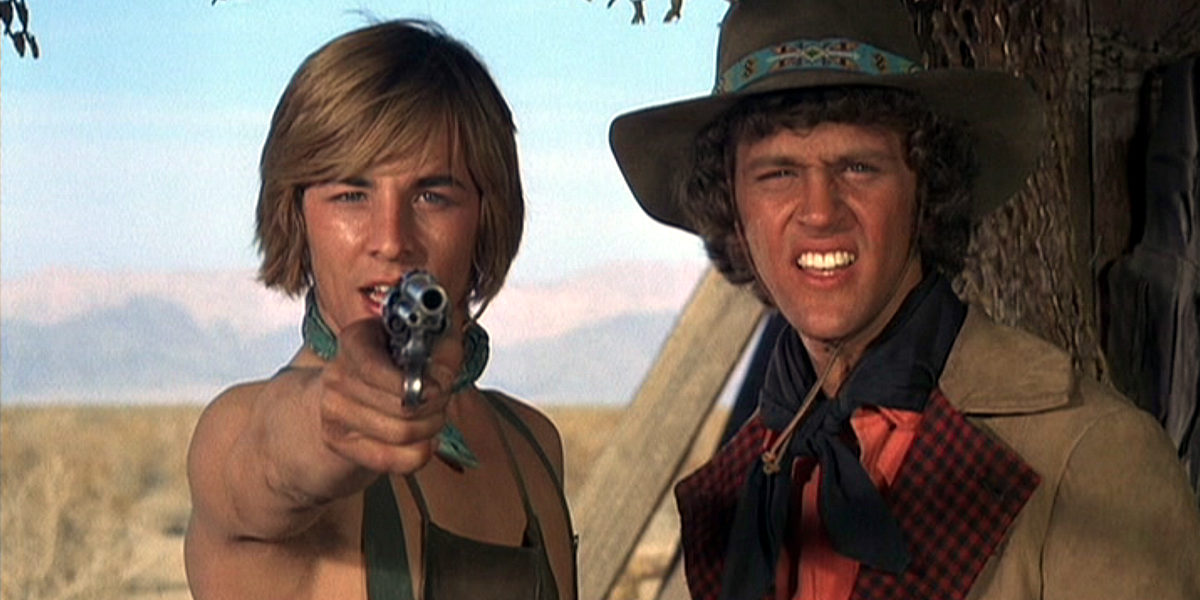
Undoubtedly the least accessible film on this list, Zachariah combines western, surrealist counterculture cinema, midnight cult cinema, musical, and buddy comedy. The film follows two novice gunslingers, played by character actor John Rubinstein and a young Don Johnson. As they make their way through the West the story is not two dissimilar from Butch Cassidy and the Sundance Kid, but to compare it to a newer film think of it by way of Ben Wheatley’s A Field in England.
Billed as “the first electric western,” the film failed drastically when it was released because it was too surreal and bizarre. The majority of the audience never saw a western like this before. Taking cues from the massive counterculture hit Easy Rider, the soundtrack is absolutely awesome with music from Country Joe & the Fish, The James Gang, and other psychedelia bands of the era. Even though the plot is thin, the viewer knows that they will not be able to predict what is going to happen, which is what keeps them glued to the screen. Director George Englund had experience in direction before, but it is obvious he is blazing new trails here. Even the absurdist humor here feels ahead of it time. Any viewer that goes in with an open mind is going to love every minute of this one.
4. The Hunting Party (1971)
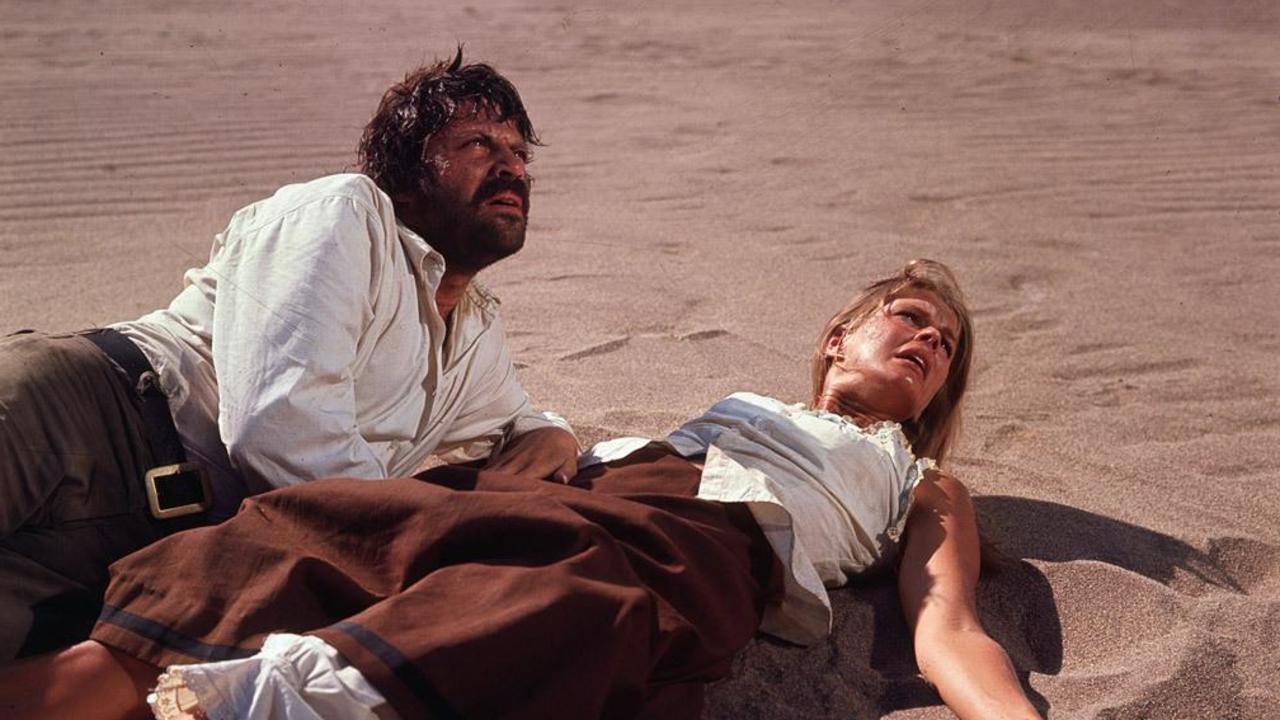
Not for the faint of heart, Don Medford’s The Hunting Party has to be one of the most brutal Westerns ever made. Not only brutal when it comes to physical violence, but the morals of the characters and the heart of film itself. The Hunting Party follows a rancher’s wife who is kidnapped and tortured by outlaws. The rancher played by Gene Hackman and his assembled gang stop at nothing to get her back safely.
Critics tore this film apart on its release, mainly due to the extreme brutality, but also due to the bleak outlook of the film. Realistic violence in the cinema was a new thing in the early 70s’ and many did not know how to react to it at the time. Today, as brutal as it is, that is what makes this film feel like the real wild west. Medford makes the audience feel sympathetic and cringe at every consequence these characters face.
At this point, Gene Hackman was not a household name, as The French Connection would not be released for another four months. He plays rancher Brandt Ruger with such desperation and determination, the performance never feels cliche. The Hunting Party is gritty, nasty, and not for casual viewers, but for a western to hold tension like this one does, it is truly something special.
3. Monte Walsh (1970)
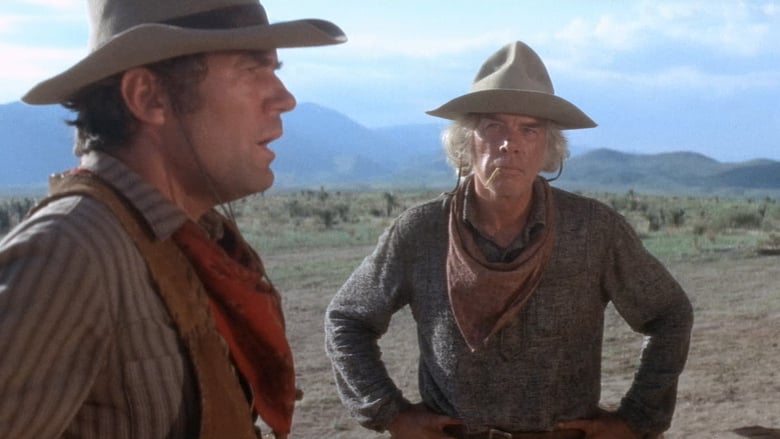
Monte Walsh is not an action film like most westerns, but a character driven drama that takes place in the West. Loosely based on the book by Jack Shaefer, Lee Marvin plays aging cowboy Monte Walsh, who struggles with the fact that he will never relive his glory days and that the world he once new is now gone. The film plays incredibly personal and affectionate as Walsh wanders through the West looking for what his purpose is in this adapting world.
While the film did receive positive reviews upon release, not many went to the theater to see it and the film has fallen more into obscurity as time has gone on. The theme of the cowboy facing a changing world was explored just before this in both Butch Cassidy and the Sundance Kid and The Wild Bunch. While those films explore its characters trying to achieve one last ride, Monte Walsh has characters who are self aware that their time is up and are trying to adapt to different lifestyles.
Lee Marvin’s performance is Oscar worthy, he never picks up his own cliches that we have seen in his other westerns. Great performance also come from Mitchell Ryan, Jeanne Moreau, and especially Jack Palance who plays Marvin’s sidekick. Renowned cinematographer William A. Fraker takes the director’s chair here and comes out with a big win keeping everything in control. Monte Walsh is a high class, elegant character study filled with powerhouse performances.
2. The Big Sky (1952)
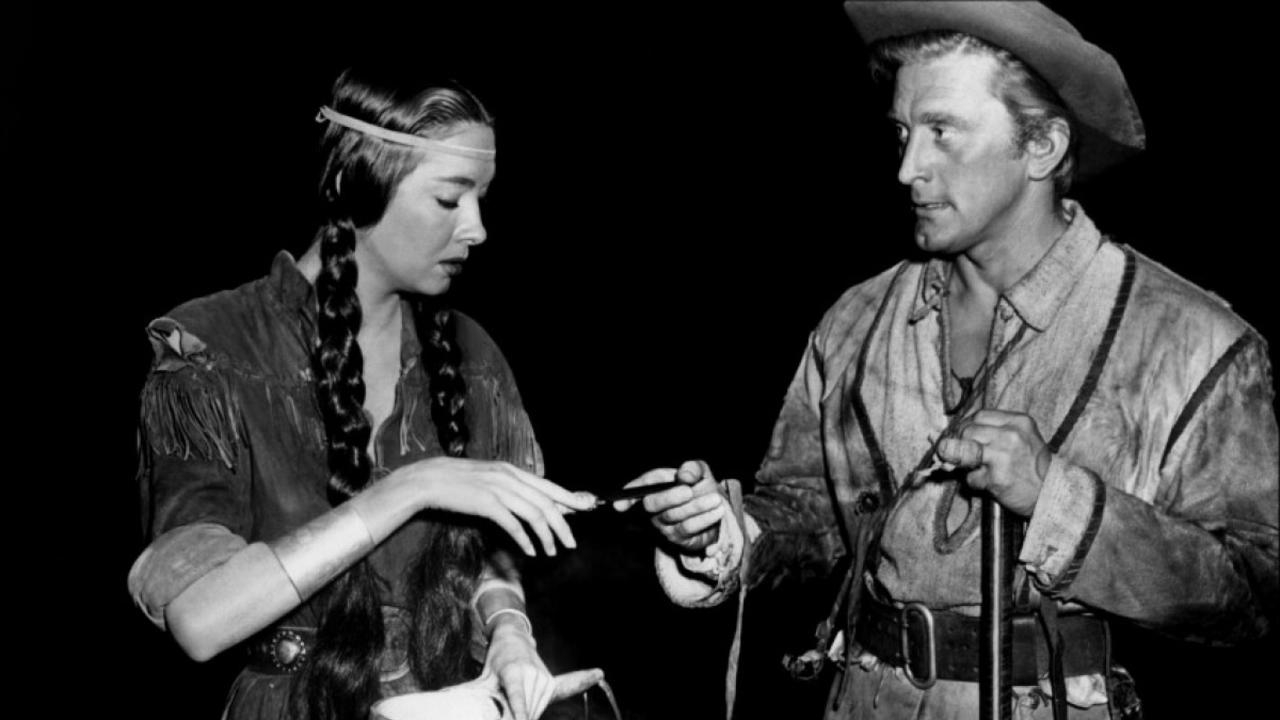
Howard Hawks is one of the greatest western filmmakers of all time. Mainly represent in the genre by two entries, Rio Bravo & Red River. The Big Sky is undoubtedly his most overlooked western and possibly his most underrated film throughout his whole catalog. The film follows Kirk Douglas as Jim Deakins, a fur trapper as he makes his way through Missouri in the 1800s’. His team is trying to reach a village on the other side of the Yellowstone River to trade goods and this is when it turns into a man vs. nature tale.
To say The Big Sky is excellent is an understatement. It feels completely different than any westerns of the time for a few reasons, possibly due to the screenplay that doesn’t fall to the typical western conventions, it is a different struggle than the majority of westerns of the time, and a different setting. Subconsciously at the very least, films like Jeremiah Johnson and The Revenant must have pulled some of their inspiration from The Big Sky. Kirk Douglas hits a grand slam here playing the fearless and tenacious leader that we will see echo in his performance in Spartacus years later. The film has not been regarded as the masterpiece that it should be, but The Big Sky is a prime candidate for film rediscovery and one that could truly gain a huge fanbase with a remaster and release from a boutique dvd label.
1. Compañeros (1970)
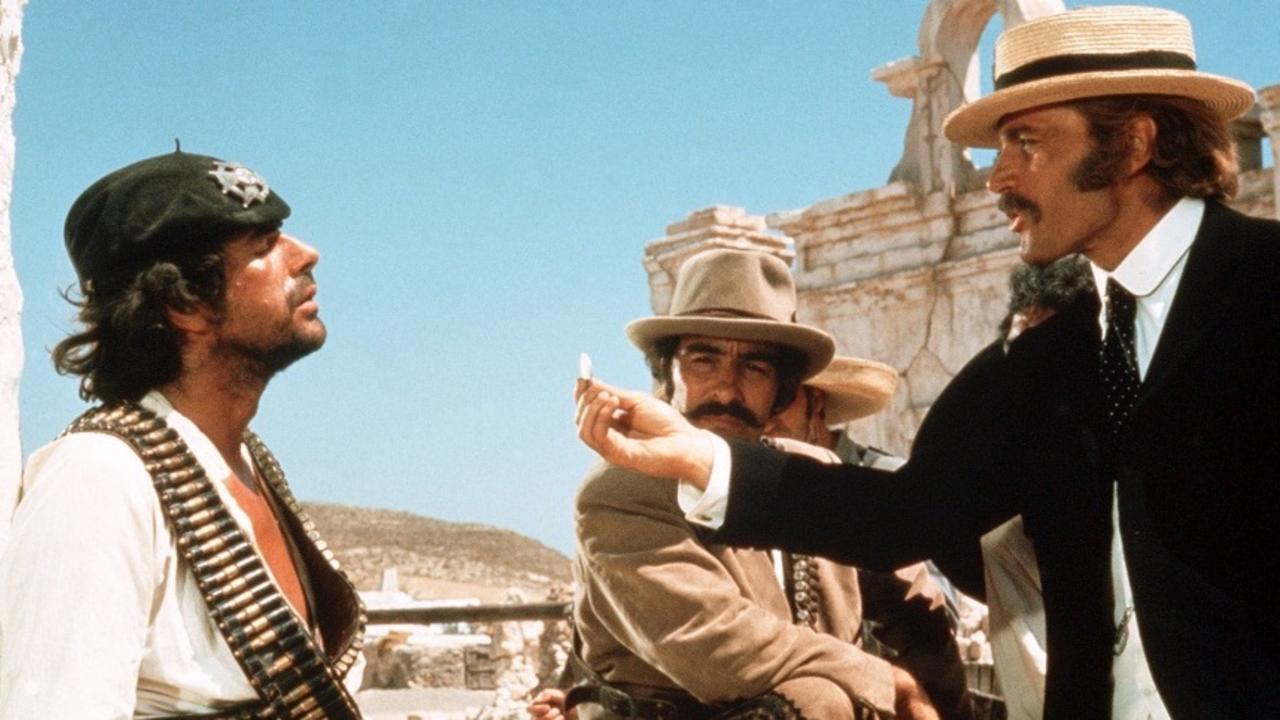
Not only Sergio Corbucci’s most underrated film, one of the most underrated spaghetti westerns, and possibly one of the most underrated and underseen westerns of all time, is Compañeros. The film is a ticking time bomb of great action sequences, sharp dialogue, and joyfully cynical humor. The story of how a weapons dealer, soldier, and professor must work together to obtain a large cache of money, while a ruthless big shot criminal is thriving to destroy their plans.
The film has every aspect of what one could want from a spaghetti western, without ever feeling generic. The humor parallels For a Few Dollars More and for as much humor as their is, the film balances itself with serious themes and aggressive violence. Not nearly as well known or well regarded as Corbucci’s The Great Silence or Django, the film perfectly showcases some of the most prolific spaghetti westerns stars of the time. Specifically Franco Nero, Jack Palance,Tomás Milián, and Fernando Rey who all create these characters filled with intricacies and quirks that feel real and fresh.
Corbucci dabbles into the politics and morals of the Mexican Revolution in the same way Leone did in A Fistful of Dynamite, but here it feels less forced upon the viewer. Compañeros is a film that covers all of the bases of what a spaghetti western should be. Every scene and bit of dialogue will feed anyone who has an appetite for a fun, witty, sardonic, and vicious western.